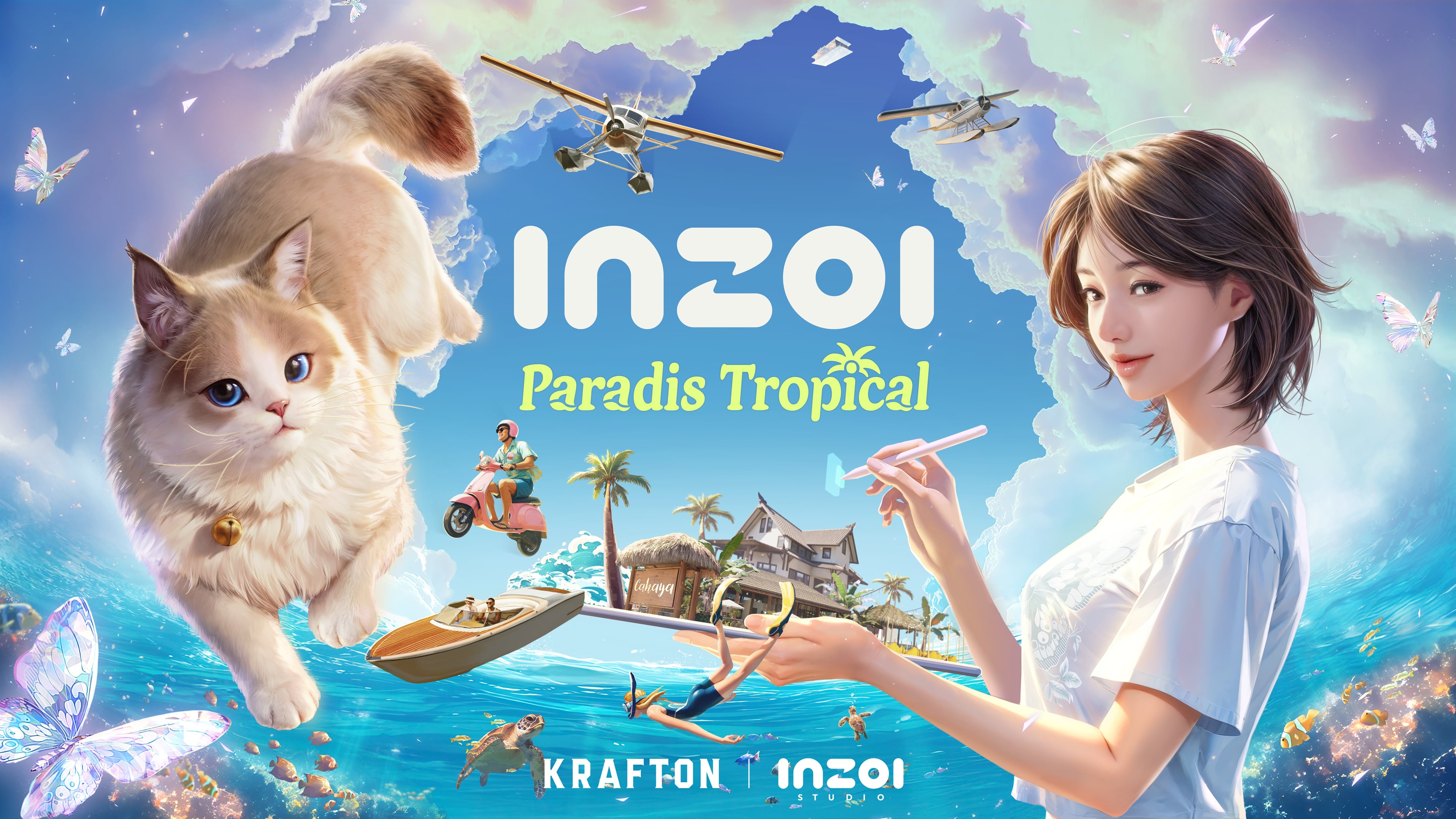OpenAI is scrambling to update GPT-5 after a massive user revolt, and honestly, it’s about time! This so-called "major upgrade" is nothing but smoke and mirrors. Users are right to call it out, labeling the changes as “erasure” instead of innovation. What kind of slap in the face is this for those who rely on these tools? Instead of advancing, we’re being pushed backward! If GPT-5 can’t deliver real improvements, then what’s the point? OpenAI needs to get its act together and start listening to the community instead of feeding us half-baked updates. It’s time for accountability!
#OpenAI #GPT5 #UserRevolt #TechInnovation #AICommunity
#OpenAI #GPT5 #UserRevolt #TechInnovation #AICommunity
OpenAI is scrambling to update GPT-5 after a massive user revolt, and honestly, it’s about time! This so-called "major upgrade" is nothing but smoke and mirrors. Users are right to call it out, labeling the changes as “erasure” instead of innovation. What kind of slap in the face is this for those who rely on these tools? Instead of advancing, we’re being pushed backward! If GPT-5 can’t deliver real improvements, then what’s the point? OpenAI needs to get its act together and start listening to the community instead of feeding us half-baked updates. It’s time for accountability!
#OpenAI #GPT5 #UserRevolt #TechInnovation #AICommunity











